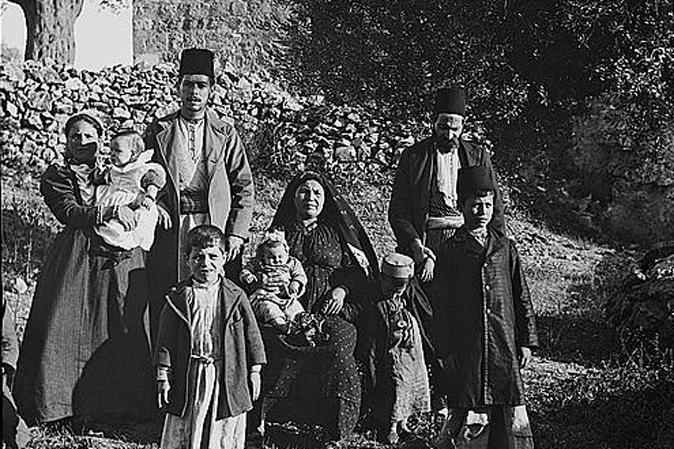At 1,000 years, the search for the location of Ashkenaz—thought to be the birthplace of Ashkanazic Jews and the Yiddish language—is one of the longest quests in human history. It is perhaps second only in length to the search for Noah’s Ark which began in the 3rd century AD.
The place name Ashkenaz occurs three times in the Bible, but by the Middle Ages the exact origin of Ashkenaz was forgotten. Because of the migration of the Ashkenazic Jews it later became associated with Germany. This led to all German Jews being considered “Ashkenazic,” a term which was then applied to central and eastern European Jews who follow Ashkenazic religious customs and who speak Yiddish.
The Yiddish language—which consists of Hebrew, German, Slavic elements and is written in Aramaic—has been spoken at least since the 9th century AD, but its origins have been debated by linguists for several centuries. While some have suggested a German origin, others believe a more complex beginning for the language, starting in Slavic lands in Khazaria—the Middle Age Khazar Empire that covered present-day southern Russia, Kazakhstan, Ukraine, and parts of the Caucasus—and followed by Ukraine, and finally Germany. Although the language adopted a German vocabulary it retained its Slavic grammar—which is why Yiddish is often referred to as “bad German.”

